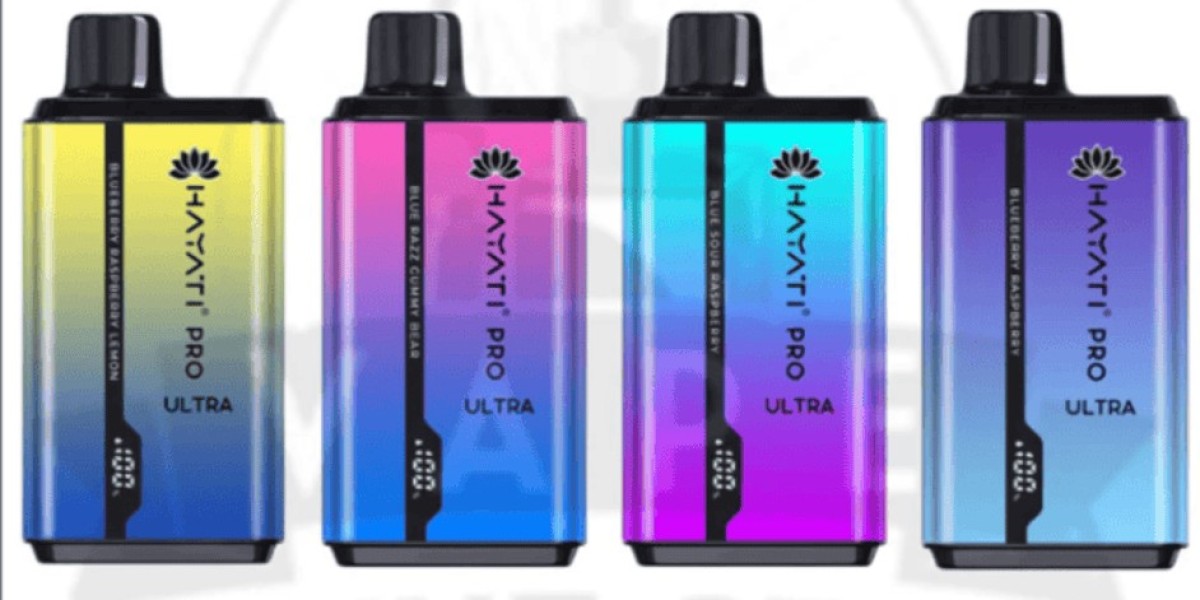The global Intraocular Lens (IOL) Market shows strong growth, with a surge in cataract incidence, demand for premium lenses increasing, and recent discoveries being made in surgical techniques. Intraocular lenses are artificial lenses that replace the eye's natural lens during cataract surgery or provide vision correction of refractive errors such as myopia, hyperopia, and astigmatism. This article will look at some of the contemporary trends, technologies, and drivers in intraocular lenses to review the future growth potential for them.
Download an Illustrative overview:
https://www.marketsandmarkets.com/pdfdownloadNew.asp?id=263730551
- Intraocular Lens Market Overview
Small, and transparent in appearance, intraocular lenses are surgically implanted into the eye for the purpose of replacing clouded or damaged natural lenses. Used primarily in cataract surgery, IOLs work to improve one's vision by more accurately focusing light on the retina. As cataracts remain one of the main causes of blindness worldwide, intraocular lenses are crucial in restoring the vision and improving lives for millions around the globe.
It follows from the market research that the global IOL market will see wide growth in the years to come. The market was estimated at about USD 4.2 billion in 2023 and is expected to reach over USD 6.0 billion by 2028, while growing at a compound annual growth rate of about 6.3%. That growth will be fueled by several key factors.
- Market Dynamics: Key Factors Driving Market Growth
Aging Population and Rising Prevalence of Cataract
One of the main driving factors of the IOL market is the continuously elevating aged population around the globe. Cataract development is highly related to age; the age group above 60 is the most vulnerable. With the continuous rise in the life expectancy, the number of cataract operations will also keep on increasing, thereby enhancing demand for intraocular lenses. According to WHO, there are around 65.2 million people suffering from cataracts worldwide and have contributed to a share of 51% in the world's blindness cases.
Technological Advances in Intraocular Lenses
Advances in lens technology have been benefiting the market for IOLs. Today, a range of premium lenses exists, including multifocal IOLs, toric IOLs, and extended depth-of-focus [EDOF] lenses that offer improved visual outcomes with much less dependence on eyeglasses after surgery.
- Monofocal IOLs: Traditionally the most used, monofocal IOLs give sharp vision only at one distance. While these lenses are rather common, over time they are losing ground to premium options.
- Multifocal IOLs: These lenses provide clarity of vision at multiple distances, eliminating or minimizing dependence on glasses. Multifocal IOLs are of particular interest to younger, more active patients who present for cataract surgery.
- Toric IOLs: These lenses are supposed to correct astigmatism, and the use of toric lenses finds favor since patients have sharper vision with fewer additional surgeries or glasses afterward.
- Extended Depth of Focus Lenses: These lenses are designed to extend a range of vision, addressing some of the shortcomings of multifocal and monofocal IOLs. They allow the patients to clearly see in different distances, from near to far, with reduced appearance of visual disturbances such as glare or halos.
Request Sample Pages:
https://www.marketsandmarkets.com/requestsampleNew.asp?id=263730551
Rising Demand for Premium Lenses
This demand has been driven by an increased awareness of premium IOLs, which offer superior visual outcomes compared to traditionally used monofocal lenses. More patients are now opting for premium lenses that give them less dependence on corrective eyewear, thus improving their quality of life following surgery. With increased disposable incomes in many parts of the world, more patients can afford premium IOLs, thus helping this market segment grow.
Increasing Numbers of Outpatient Surgical Centers
Ambulatory surgical outpatient centers are making cataract surgery simpler, less expensive, and require even less recovery time. Accessibility continued to expand with a greater number of operating centers offering same-day surgery and a proliferation of IOL choices driving demand.
- Challenges Facing the Intraocular Lens Market
In spite of all growth prospects, there are a number of challenges:
Cost of Premium IOLs
Although premium IOLs offer improved vision, the high costs of such lenses have long been a concern for many patients and, very frequently, low-income and developing areas. Government reimbursements for cataract surgery normally cover only the basic costs of providing monofocal lenses, thus leaving the cost of premiums to the discretion of the patient. Cost-and therefore, affordability-is one major factor which impedes the more general acceptance of these advanced IOL technologies.
Lack of Awareness in Developing Regions
Most low-income countries have many people still unaware of cataracts and the surgical treatments available. Poor health infrastructures together result in the fact that millions of people remain untreated-some due to non-availability of eye carer services, others because of a lack of education. Governments and health organizations are doing much to wield awareness and access to cataract surgery, but the disparity remains a concern.
Complications and Postoperative Risks
IOL implantation is considered generally safe and effective, but not without some risks of infection, the displacement of the lens across the eye, or such issues as posterior capsule opacification (PCO), a common postoperative complication that could affect vision quality. While such risks are relatively low, they can make some patients wary of cataract surgery or premium IOLs.
- Regional Insights
The intraocular lens market exhibits varied growth in different regions.
North America
The intraocular lenses market in North America is driven by an increase in their adoption due to the growing prevalence of cataracts, good infrastructure within healthcare settings, and an increasing demand for premium IOLs. The strong presence of major market participants such as Alcon, Bausch & Lomb, and Johnson & Johnson Vision in the region gives it a leading position in the market through continuous R&D and expansion of its product range.
Europe
Europe is the other big market for intraocular lenses, mainly because of countries such as Germany, France, and the UK. Aging populations within these countries are driving demand for cataract surgeries. The growth in this region is also because of increasing adoption of multifocal and toric lenses contributing toward the growth of IOL market.
Asia-Pacific
The market in the Asia-Pacific region is likely to register the highest growth during the forecast period. The demand for cataract surgeries and IOLs is facilitated by the rapid and fast aging of the population, the rise in disposable incomes, and enhanced access to healthcare services. Economies such as China, India, and Japan are among the countries that will see great market expansion due to public awareness campaigns by governments and healthcare organizations on the strong prevalence of cataracts among these populations.
Latin America and Middle East & Africa
Advanced technologies in IOLs have only just begun to penetrate these markets. The main reasonsapparent for this include very limited healthcare infrastructure and a lack of affordability. However, initiatives toward making cataract surgeries more accessible in countries such as Brazil, Mexico, and South Africa may spur moderate growth in the years ahead.
- Major Players in the IOL Market
The intraocular lens market is fiercely competitive, with several global leading players. Some of the major companies developing innovation in the IOL space include:
- Alcon: The global eye care leader known for offering IOL products, ongoing being a portion of the most popular lenses including AcrySof® IQ PanOptix®.
- Johnson & Johnson Vision: Known for their TECNIS® IOL family of intraocular lenses, Johnson & Johnson Vision supplies monofocal and multifocal IOLs for different patient needs.
- Bausch & Lomb: A company involved in advanced IOL solutions, such as the enVista® lens, designed for quality vision with reduced optical aberrations.
- Carl Zeiss Meditec: A company ranking first among leaders in optical technologies, it focuses on premium IOLs like ZEISS AT LISA tri and ZEISS AT TORBI, which cater to astigmatism correction.
- Future Trends and Innovations
In the future, the IOL market will continue to develop with smart IOLs capable of fine adjustments postsurgery and with adjustable lenses. Nanotechnology and biocompatibility materials will characterize the next generation of IOLs by improving safety and durability. More excitingly, AI-driven surgical planning allows for better IOL selection and placement, minimizing chances of complications and allowing for improved patient outcomes.
Conclusion
The intraocular lens market faces rapid growth in demand for cataract surgery, improving technology in designing lenses, and an inclination toward premium lenses. Cost and access continue to challenge the trend, but innovative development and the expansion of health services in developing regions set a promising landscape for further growth in this market. Intraocular lenses will be increasingly important as the world's population continues to age, improving sight and adding significantly to quality of life, and their place within global eye care will become even more important.



